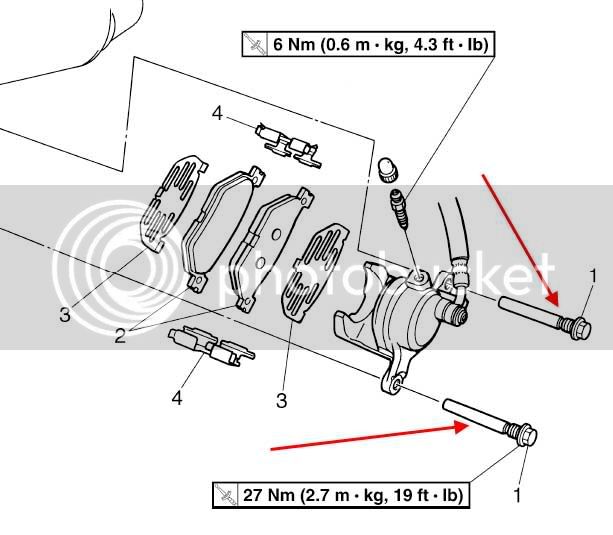phoneman91
Active member
- Joined
- May 2, 2007
- Messages
- 28
- Reaction score
- 0
I was wondering how much drive train free play should be at the tread of the rear tire when the engine is off and the bike is in first gear and on the center stand? I know that all shaft drive bikes will have some play in the drive train. What is normal for these bikes??
I am also noticing that if I have the bike in first gear with the clutch disengaged-and I rock the bike slightly forward and back and then slowly let out the clutch-and before the clutch completely engages,I can hear a subtle slight clang-like metal to metal noise. I can only get this to occur if I first rock the bike forward and backward before letting out the clutch. The noise isnt loud and the bike doesnt seem to have more than normal play in the drive train when riden in stop and go traffic .
I normally use ear plugs and don't hear these subtle engine/transmission noises-but I test rode the bike after adjusting the shift level height and didnt use ear plugs.
Is this normal?
I am also noticing that if I have the bike in first gear with the clutch disengaged-and I rock the bike slightly forward and back and then slowly let out the clutch-and before the clutch completely engages,I can hear a subtle slight clang-like metal to metal noise. I can only get this to occur if I first rock the bike forward and backward before letting out the clutch. The noise isnt loud and the bike doesnt seem to have more than normal play in the drive train when riden in stop and go traffic .
I normally use ear plugs and don't hear these subtle engine/transmission noises-but I test rode the bike after adjusting the shift level height and didnt use ear plugs.
Is this normal?
Last edited by a moderator:




































